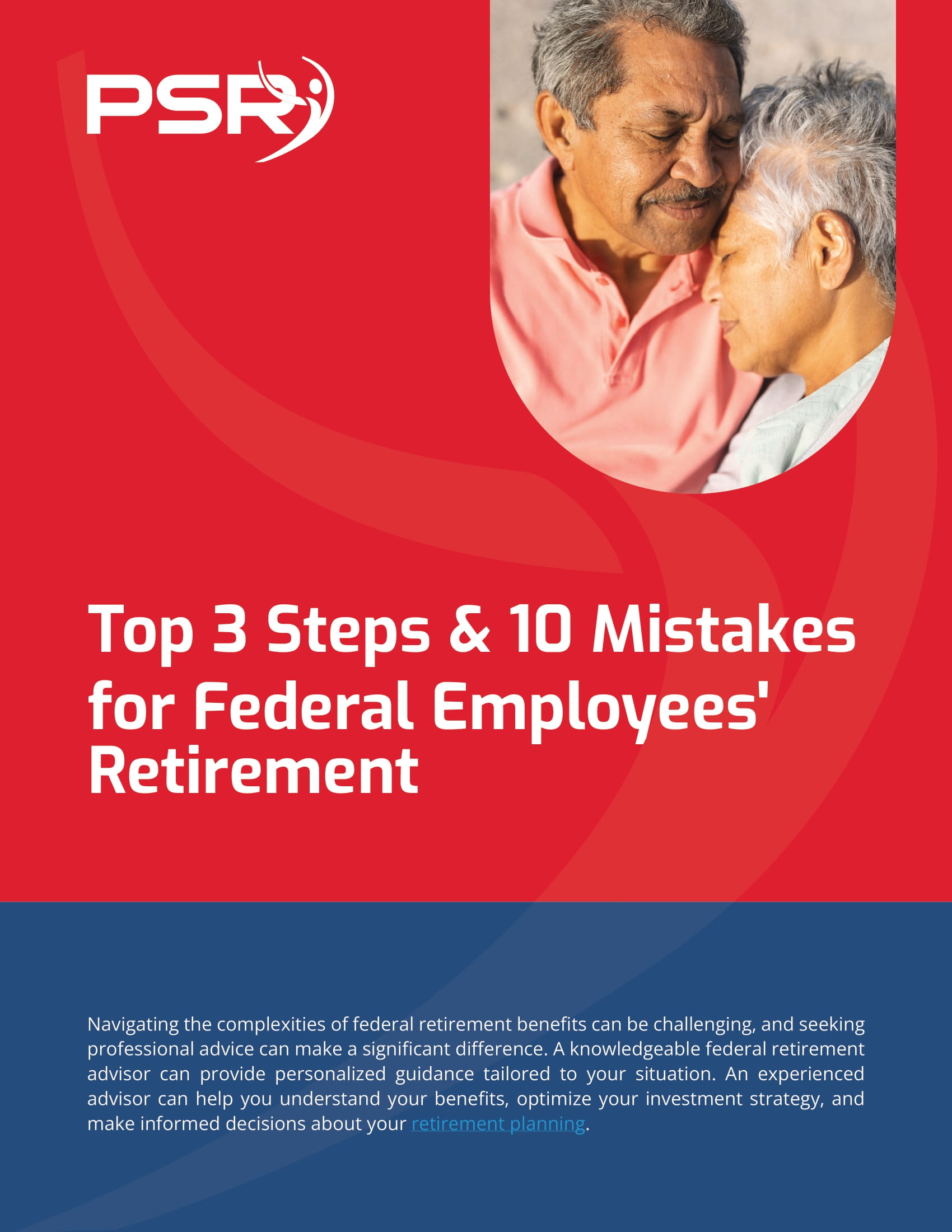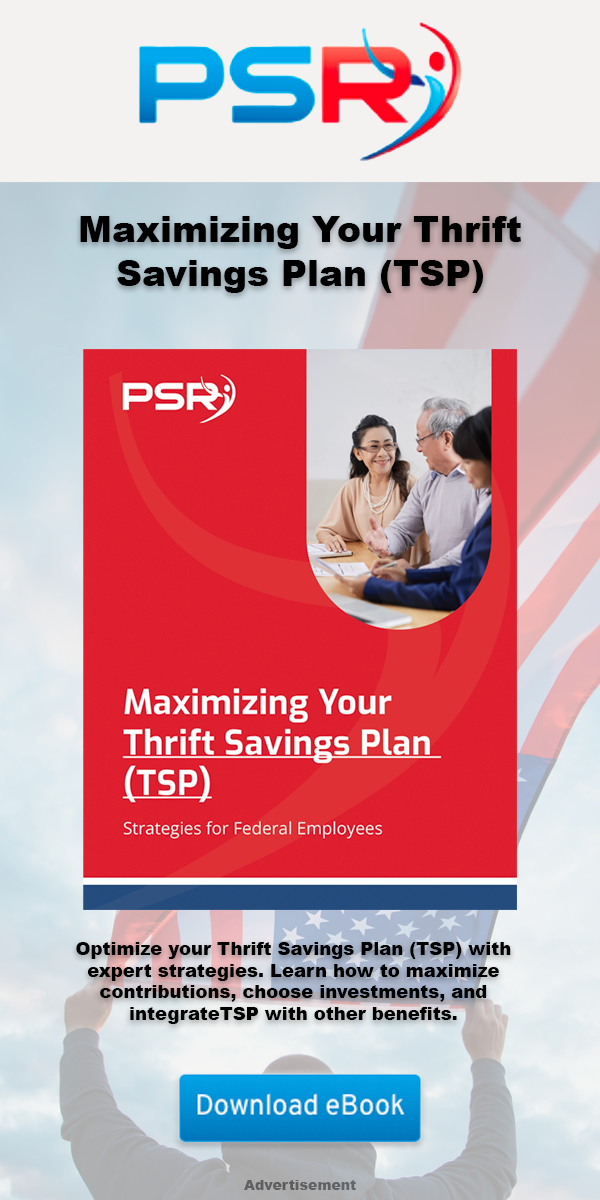Key Takeaways:
-
Civilian military employees can boost their federal retirement benefits by leveraging unique programs and financial strategies available through their employment.
-
Understanding and optimizing federal perks ensures a solid foundation for long-term financial security.
Unlocking the Power of Federal Perks
As a civilian military employee, you’re in a unique position to access some of the most valuable federal benefits available. These perks aren’t just job incentives; they’re tools you can use to craft a financially secure future. Let’s explore how you can turn these opportunities into a lifetime of stability and prosperity.
The Key to Federal Retirement Systems
Decoding FERS and CSRS
- Also Read: Federal Retirement Advice You Didn’t Know You Needed—Until Now
- Also Read: The Latest Federal Employee News You Need to Know to Protect Your Retirement
- Also Read: Ready for Retirement? Here’s How Law Enforcement Officers Can Leave the Job with Benefits Intact
-
FERS: Includes a civil service pension, Social Security, and the Thrift Savings Plan (TSP). It’s designed to be a three-part system that works together for your financial security.
-
CSRS: A legacy system offering a more generous pension but without Social Security benefits.
Understanding your retirement system is crucial. With FERS, you have the flexibility to combine multiple income streams, making it easier to build a diversified retirement strategy.
High-3 Average: The Cornerstone of Your Pension
Your pension is calculated using your “High-3” average salary—the highest annual average pay over any three consecutive years. This metric directly impacts the size of your annuity, so maximizing your earnings during your final years of service can significantly enhance your retirement income.
Military Buyback: Maximizing Service Years
One of the most impactful strategies available to you is the military buyback program. If you have prior military service, you can “buy back” those years to count toward your civilian retirement. Here’s why this is a game-changer:
-
Enhanced Annuity: Adding military years increases the service time used in your annuity calculation, boosting your monthly retirement income.
-
Cost-Effective: The buyback cost includes your basic pay during military service multiplied by a specific percentage, along with accrued interest. It’s a small investment for long-term financial gains.
-
Early Eligibility: With additional years of service, you might qualify for retirement earlier.
Thrift Savings Plan: Your Wealth-Building Ally
The TSP is a powerful tool for growing your retirement savings. With a 2025 contribution limit of $23,500 and a catch-up limit of $7,500 for those aged 50 or older, you have ample room to invest. The government’s matching contributions make the TSP even more valuable.
Diversify with Investment Funds
The TSP offers a range of funds, from government securities (G Fund) to stock index funds (C, S, and I Funds). By diversifying your portfolio, you can balance risk and growth potential. Consider lifecycle funds (L Funds) if you prefer a hands-off approach tailored to your retirement timeline.
The SECURE 2.0 Boost
Thanks to the SECURE 2.0 Act, employees aged 60 to 63 can contribute an additional $11,250 annually as a catch-up limit. This opportunity allows you to supercharge your retirement savings during peak earning years.
Coordinating Benefits with Medicare
Healthcare costs can consume a significant portion of your retirement income, but as a civilian military employee, you have options to minimize this burden. By coordinating Federal Employees Health Benefits (FEHB) with Medicare, you can:
-
Reduce Out-of-Pocket Costs: FEHB often covers expenses that Medicare doesn’t, and vice versa.
-
Maintain Comprehensive Coverage: You’ll enjoy a broader range of healthcare services by combining these programs.
Transitioning to the Postal Service Health Benefits Program
Starting in 2025, USPS employees and annuitants must enroll in the Postal Service Health Benefits (PSHB) Program. If this applies to you, make sure to:
-
Review Plan Options: Explore available plans during the Open Season to ensure you’re selecting the best coverage for your needs.
-
Understand Medicare Integration: If you’re Medicare-eligible, you must enroll in Part B to maintain PSHB coverage unless you qualify for an exemption.
FEGLI: Protecting Your Loved Ones
Federal Employees’ Group Life Insurance (FEGLI) is another valuable benefit. While premiums rise with age, careful planning ensures your coverage remains a cost-effective way to provide for your family. Assess your coverage periodically to ensure it aligns with your current needs.
Making the Most of Social Security
If you’re covered under FERS, Social Security forms an essential part of your retirement income. Here’s how to optimize your benefits:
-
Claim Timing: Waiting until your full retirement age (or later) increases your monthly benefit.
-
Spousal Benefits: If applicable, these can supplement your income.
For CSRS employees, the Windfall Elimination Provision (WEP) may reduce your Social Security benefits. Understanding its impact helps you plan accordingly.
Financial Strategies for Longevity
Balancing Risk and Security
As you approach retirement, shift your investment focus from growth to preservation. This means reducing exposure to high-risk assets and prioritizing stable, income-generating investments.
Tax Planning for Retirees
Efficient tax planning ensures you keep more of your retirement income. Consider:
-
Roth TSP Conversions: Tax-free withdrawals in retirement.
-
Minimizing RMDs: Required Minimum Distributions start at age 73, but strategic withdrawals can reduce their impact.
Navigating Open Seasons and Qualifying Life Events
Understanding when and how to adjust your benefits is vital. Open Seasons allow you to:
-
Change health plans.
-
Adjust FEGLI coverage.
-
Enroll or modify FEDVIP (Federal Employees Dental and Vision Insurance Program).
Life events like marriage, divorce, or the birth of a child can also trigger eligibility for benefit changes.
Tools to Support Your Journey
-
MyPay and GRB Platform: Monitor and manage your benefits.
-
Retirement Counselors: Professional advice tailored to your circumstances.
-
Financial Literacy Programs: Gain insights into managing and maximizing your benefits.
The Path to Long-Term Security
Leveraging the benefits available to you as a civilian military employee is about more than immediate gains—it’s about securing a lifetime of financial independence. By understanding your options and taking proactive steps, you’re investing in a future free from financial stress.
Secure Your Financial Future with Strategic Planning
By aligning your federal perks with smart financial strategies, you can turn your civilian military service into a robust foundation for retirement. Take charge of your benefits today and ensure a lifetime of financial security.












